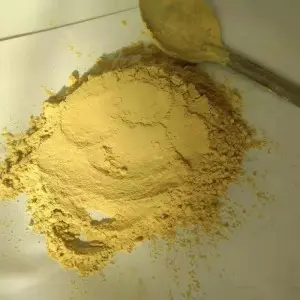Aug . 11, 2024 17:14 Back to list
Effective Methods for Collecting High-Quality Plum Pollen in Optimal Conditions
Best Plum Pollen Collection Base A Guide to Effective Pollination
Pollination is a crucial process in the life cycle of plants, especially for fruit-bearing species like plums. The success of plum production relies heavily on successful pollination, which can significantly impact the quality and quantity of the fruit. Establishing a reliable plum pollen collection base is key in ensuring effective pollination. This article explores how to create the best plum pollen collection base to enhance pollination efficiency.
Understanding Plum Pollination
Plum trees are generally self-pollinating, but cross-pollination often leads to better fruit set and enhanced fruit quality. The timing of blooming between different plum varieties can affect pollination success. Therefore, having a diverse collection of plum pollen from various cultivars can facilitate cross-pollination, increasing the likelihood of fruitful harvests.
Selecting the Right Plum Varieties
The first step in establishing a plum pollen collection base is selecting the appropriate plum varieties. It is essential to choose cultivars that bloom simultaneously to ensure effective cross-pollination. Varieties like 'Methley,' 'Santa Rosa,' and 'Shiro' are known for their complementary blooming periods, making them excellent candidates for a pollen collection base. Consider local climate conditions and the specific characteristics of each variety when making your selections.
Creating a Pollen Collection Base
best plum pollen collection base

1. Gathering Pollen Pollen can be collected during the blooming period by gently shaking the branches of the trees or by using small containers to catch the falling pollen grains. It is best to collect pollen on dry days when the humidity is low, as this can improve the viability of the pollen.
2. Storage Pollen should be stored in a cool, dry place to maintain its viability. Airtight containers or vacuum-sealed bags are ideal for long-term storage. If possible, keep the collected pollen in a refrigerator, as lower temperatures can prolong its lifespan.
3. Pollen Viability Testing Before use, it is important to test the viability of the collected pollen. This can be done by conducting germination tests on a suitable medium. A higher germination rate indicates healthier pollen, which can lead to more successful pollination.
4. Application Techniques When it comes to applying pollen, several techniques can be used. Manual hand pollination can be effective, especially in smaller orchards. However, for larger plantations, introducing pollinators such as bees can be beneficial. Bees are natural pollinators that can spread pollen efficiently, increasing cross-pollination opportunities.
5. Monitoring and Adjustments After pollination, it is important to monitor the development of the fruit. A lack of fruit set may indicate issues with pollen quality or pollinator activity. Adjustments can be made by adding more pollen sources or ensuring that pollinators are present in the area.
Conclusion
Creating the best plum pollen collection base is vital for successful plum production. By selecting the right varieties, effectively collecting and storing pollen, and employing proper application techniques, growers can enhance pollination success and enjoy bountiful harvests. Furthermore, maintaining a diverse pollen collection not only supports better fruit quality but also contributes to the overall health of the ecosystem. With careful planning and execution, growers can maximize their plum production and ensure the longevity of their orchards.
-
Pollen Peach Tree for Pure Pollination and High-Quality Peach Pollen
NewsJul.30,2025
-
Premium Cherry Pollen for Pure Pollination & Different Types
NewsJul.30,2025
-
Artificial Pollination Solutions for Various Plant Pollen Types
NewsJul.29,2025
-
Artificial Pollination Solutions for All Plant Pollen Types
NewsJul.29,2025
-
Premium Plant Pollen for Pure Pollination & Pollen Block Solutions
NewsJul.29,2025
-
Artificial Pollination Solutions for Efficient Crop Yields
NewsJul.28,2025